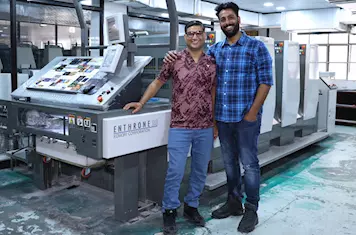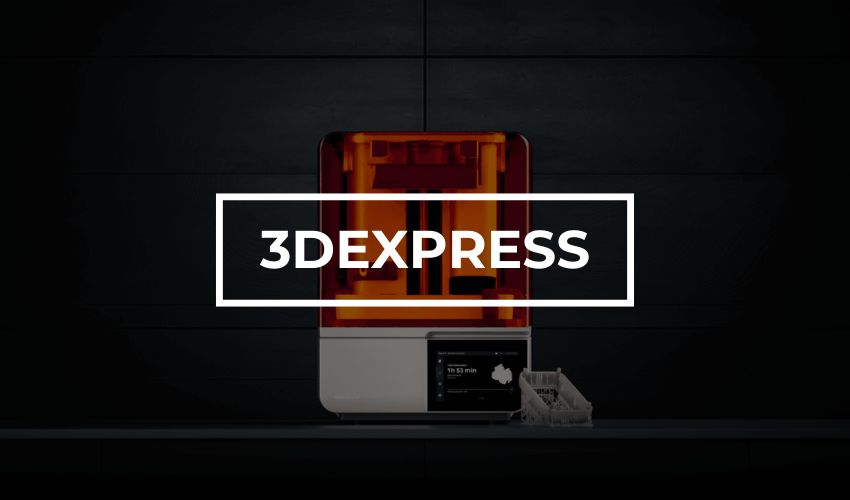3D printing helps schools create their own resources – Te Ao Māori News
Jesse Armstrong (Ngāti Hine) and his team at Vaka are helping whānau unlock the potential of 3D printing.
They’ve been working with kura across the motu, helping them make their own resources at a fraction of the price it would otherwise cost them buying at retail.
“For example, we helped a school make their own whistles,” Armstrong says.
“The cost to produce each whistle was only 8c a whistle. So we printed about 40 whistles they needed in an afternoon and saved the school $300-400.”
What it does
3D printers (also known as additive manufacturing machines) create physical objects by building them layer by layer using digital designs. The process starts with a 3D design created by computer-aided software (CAD), which is then divided into thin horizontal layers. The printer interprets the layers and deposits materials, usually plastic filaments or resins, on a platform according to the design. The material is then fused, solidified, or cured using various methods such as heat, UV light, or chemical reactions, depending on the printer’s technology.
Potential in schools
Vaka purchases 3D printers ranging in price from $2,000 up to $3,000. Vaka is a company that helps schools find funding.
The Matahiko Awards were created by the rangatahi, with whom they shared the profits.
“We had two rangatahi who worked on this project with us and split their profit evenly between them. Both of them had only been doing 3D printing for about two to three months.”
Armstrong says that it is important to teach youth about safety and responsibility when using this technology, where the possibilities for creation are endless.
“3D printers can also be used to make dangerous objects as well, because they can basically make anything so it’s important that for us, and teachers that we work with, to ensure that we teach our rangatahi to be smart and how to be cautious with how they use technology.”


